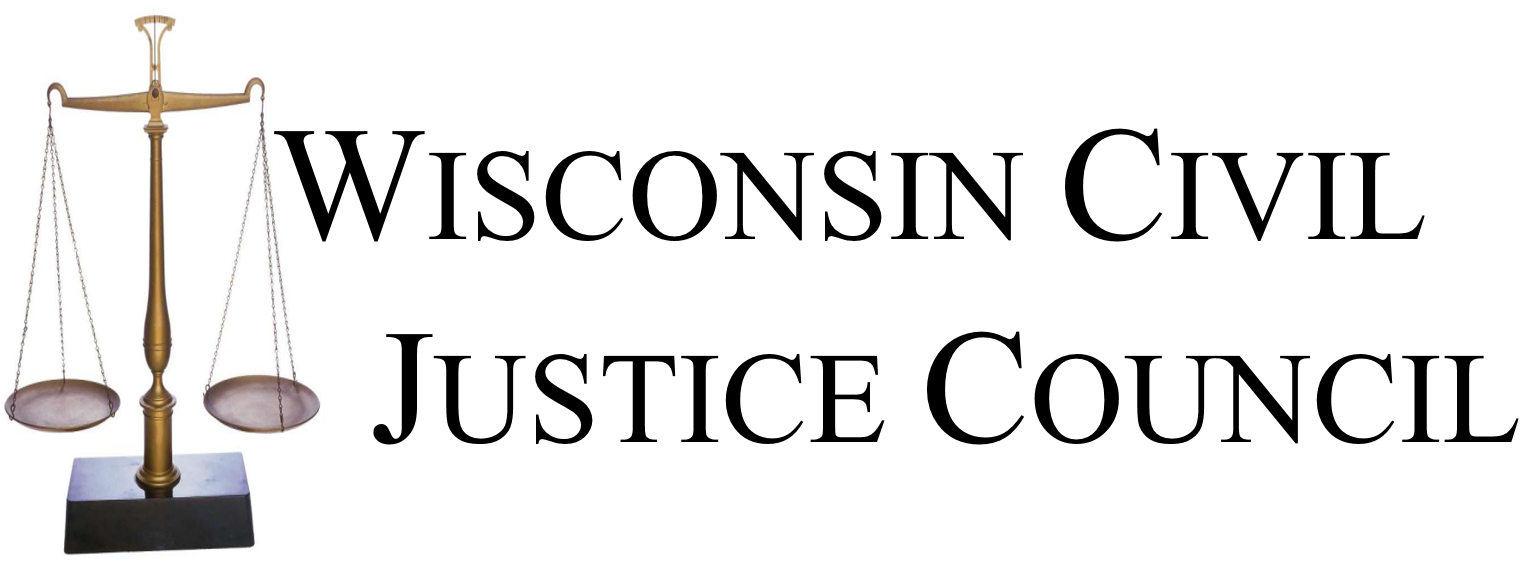In Veritas Steel, LLC v. Lunda Construction Co. (2019 WI 3), the Wisconsin Supreme Court declined to expand the “de facto merger” and “mere continuation” exceptions to the general rule against successor liability.
Construction contractor Lunda had secured a $16 million judgment against steel fabricator PDM Bridge, LLC. PDM also owed other lenders approximately $76 million. Those lenders used a series of transactions to acquire PDM’s assets, which were ultimately obtained by the entity Veritas. PDM could not satisfy Lunda’s $16 million judgment, and Lunda sought the instant successor liability claim against Veritas.
The rule against successor liability generally provides that a successor corporation purchasing another corporation does not become liable for the seller corporation’s assets. There are several exceptions to the rule against successor liability in Wisconsin case law, including
- The “de facto merger” exception, when the transaction is essentially a consolidation or merger of the purchaser and seller. The key element to prove a “de facto merger” exception is the transfer of ownership from the purchaser to seller via stock or equity in the purchaser corporation, instead of cash.
- The “mere continuation” exception, when the purchaser corporation is a continuation of the seller corporation. The key element to prove a “mere continuation” exception is a when officers, directors and stockholders in the seller and purchaser corporations are largely the same.
Both the “de facto merger” and “mere continuation” exceptions require a successor liability claim to demonstrate an identity of ownership, based on the key elements described above, between the purchaser and seller corporation.
Lunda argued that previous case law Fish v. Amsted Indus. Inc. (1985) expanded the “de facto merger” and “mere continuation” exceptions, allowing successor liability claims to demonstrate an “identity of management and control” instead of identity of actual ownership. However, the Supreme Court declined to expand its reading of Fish, maintaining that successor liability claims must show an identity of ownership to establish the “de facto merger” and “mere continuation” exceptions to the general rule against successor liability.
The Supreme Court dismissed Lunda’s claims, upholding the general rule against successor liability because Lunda had not demonstrated an identity of ownership between PDM and Lunda. Since Lunda had not established an actual transfer of stock or equity between PDM and Veritas, the “de facto merger” exception did not apply. Since there was no common identity of officers, directors and stockholders between PDM and Veritas, the “mere continuation” exception did not apply.
Concurring Opinion
In a concurring opinion, Chief Justice Roggensack agreed with the dismissal of Lunda’s claims but would have examined the case in a different context. The concurring opinion focused on whether PDM’s assets were lawfully removed from Lunda’s reach by the serious of transactions that ultimately ended with Veritas. The concurring opinion concluded that the assets were lawfully removed under the strict foreclosure process laid out in Wis. Stat. § 409.620. Therefore, Lunda’s claims were properly dismissed.
